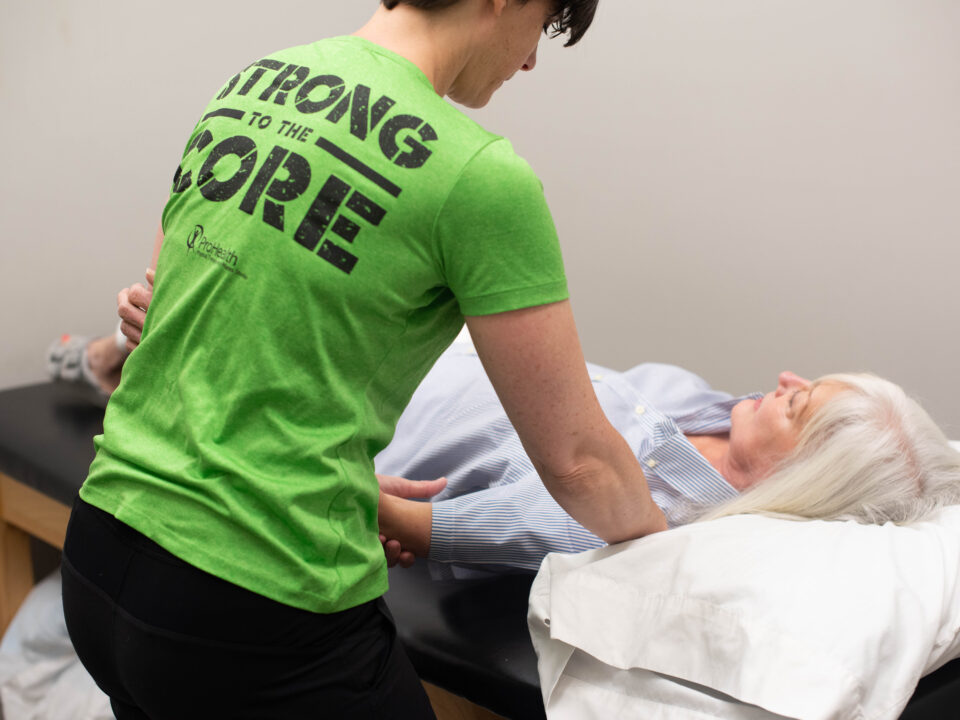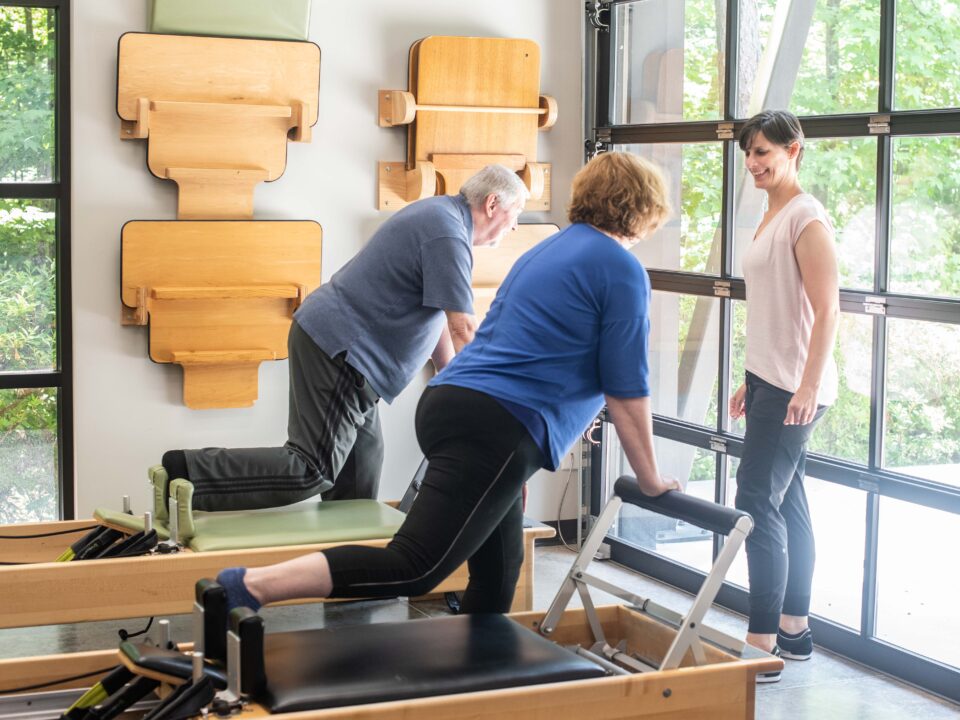- Mon - Fri
7.30 AM – 5.30 PM
Other hours upon request - 770-487-1931
Do you know what a Pilates Ped-o-pul is?

Walk into a Pilates studio and you’ll likely see Reformers, a Trapeze Table and Chairs. A handful of Towers, possibly a Reformer/ Tower combination, often line the wall. Look a little further and you’ll see a tall, t-shaped rod with arms spring hanging from either end.
That’s the ped-o-pul, a lesser-known creation of Joseph Pilates. You won’t find an entire class created around it like the reformer, yet it’s valuable still.
In this blog post, we’ll go over what the Pilates Ped-o-pulis, how to use it, and who it’s for.
What is the Pilates Ped-o-pul?
The Pilates Ped-o-pul is a classic piece of Pilates apparatus created by Joseph Pilates. The free-standing equipment helps develop core strength, upper body integration, balance and breath control.
The ped-o-pul stands on an uneven square base. Rooted into the base is a tall, t-shaped rod with arm springs and handles hanging from either end. Simple in design, yet efficient in use.
The uneven base isn’t faulty manufacturing yet a key component in the design to further challenge balance, stability and upper body coordination. In addition, attached arm springs simultaneously provide minimal support and challenge strength while working through the exercises.
What can you do on the Ped-o-pul?
As on other Pilates apparatuses, exercises on the ped-o-pul are similarly done on the mat, trapeze table, reformer and chair.
For example, the Hundred is taught on the mat, yet it can be on the reformer, tower, trapeze table and chair. On these apparatus, you lay down during the Hundred. The body is supported as the back presses the mat assisting core engagement.
The Hundred on the ped-o-pull has less stability assistance. It requires full body engagement for stability. Hands are looped into arm springs, giving a simultaneous push/ pull effect. The push into the springs creates a stabilizing resistance, while the springs’ mobility creates a challenge.
Other familiar exercises on the ped-o-pul include roll-down, chest expansion and arm circles.
Who is the Ped-o-pul for?
Joseph Pilates created the ped-o-pull specifically for an opera singer who came to him seeking improved breath control and efficiency while singing. However, you don’t need to be a singer to benefit from the ped-o-pull. Pilates taught all students the importance of breath as a critical component of optimal health.
“Before any real benefit can be derived of physical exercises, one must first learn how to breathe. Our very life depends on it,” said Pilates.
The ped-o-pul is an excellent Pilates apparatus for those with a solid understanding of healthy Pilates technique while looking to improve breath expansion, balance and upper body strength. However, because of the limited support the ped-o-pul gives, it’s best first to learn exercises on the mat or trapeze table. Then, once the Pilates student confidently understands the mechanics of the exercise and has significant stability, it’s time to try it on the ped-o-pul.
Pilates students with severely limited balance and mobility are advised to work with an experienced Pilates instructor to improve these areas before attempting the ped-o-pul.
The ped-o-pul is a lesser-known Pilates apparatus. It challenges the experienced Pilates student to greater balance levels, upper body strength, mobility, and coordination. ProHealth Pilates and Physical Therapy in Peachtree City, GA is a fully equipped Pilates studio, ped-o-pul included. To start your Pilates journey today, visit www.prohealthga.com.




